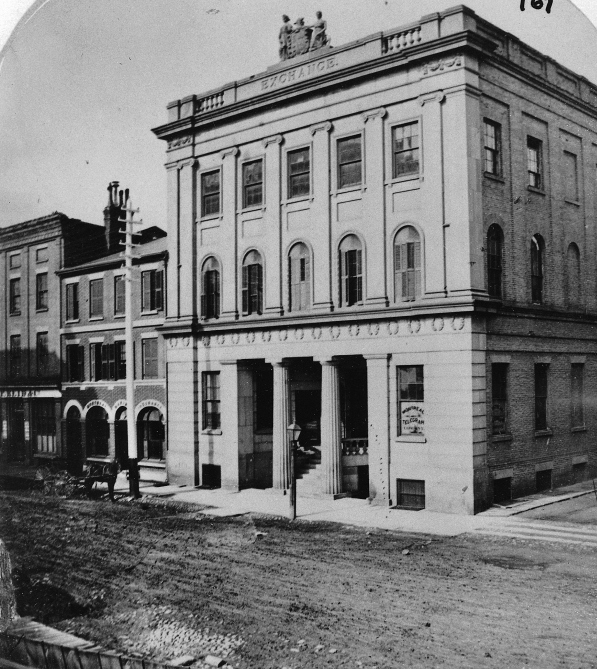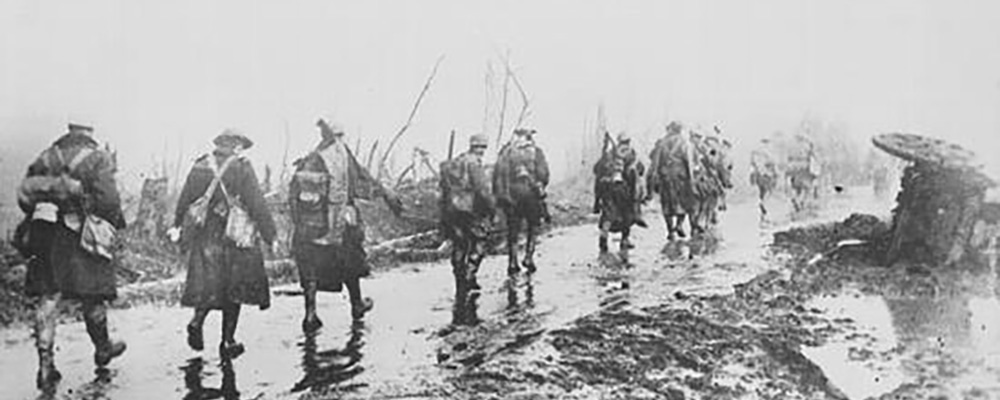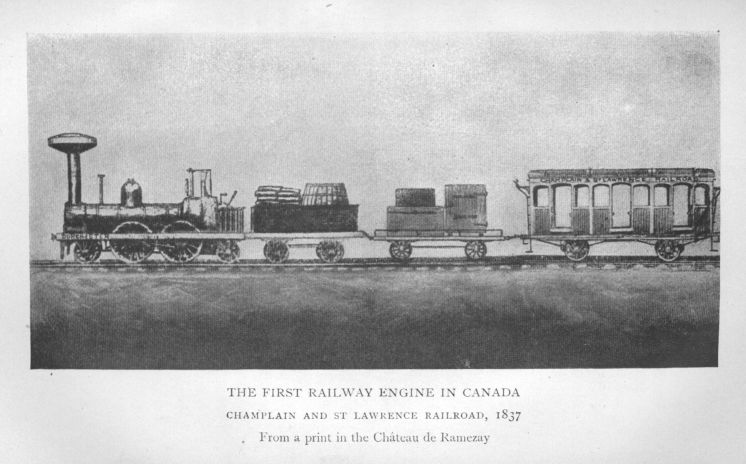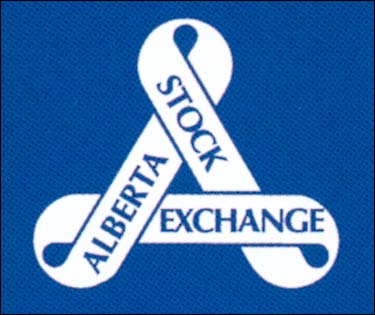As you know, the TSX is not the only stock exchange in Canada. There are actually three other prominent exchanges across this beautiful country.

As you can see, the TSX venture, Canadian Securities Exchange (CSE), Montreal Exchange (MX), and TSX are all active exchanges. Furthermore, they all serve fairly distinct purposes.
Yet, the way that these exchanges came to be is so much deeper than what meets the eye. There is a long history of stock trading in Canada, and that history starts in Montréal. In a coffee shop of all places.
Exchange Coffee Shop – Montréal
The Exchange Coffee Shop served as a meeting place for the business elite of the day. According to multiple sources, the very first stock trades in Canada took place at that coffee shop in 1832.
And once they started trading at the Exchange Coffee House, they didn’t mess around. By 1836, John Molson (the beer guy) and Peter McGill (University guy’s brother) were offering stocks to the public to help fund the very first railroad in Canada. They also contributed their own funds. That railroad (Champlain & St. Lawrence) was completed shortly thereafter.
More Formal Organizations
The idea of trading stock in Canada began to spread, and various other stock-trading organizations were formed in Montréal. By 1842 an organization called the “Board of Stock and Produce Brokers” was formed. According to McGill University documents, that organization eventually split into two parts: Corn Exchange, and Board of Stock Brokers. The Board of Stock Brokers would go on to found the Montréal Stock Exchange.
Meanwhile, a decade later (1862) in Toronto, according to the Financial Post: “A group of businessmen (met) in Toronto to form the ‘Association of Brokers’ “. This was the first step towards the Toronto Stock Exchange. By 1861, the Association of Brokers vote to create the “Toronto Stock Exchange (TSE)”. According to the CBC, at this time the exchange only allowed 3 transactions max per day, and was only open for half-an-hour a day!
Government Approval

1878 Toronto Stock Exchange building. 
~1905 Montreal Stock Exchange building
In 1874, the Montréal Stock Exchange is granted legal recognition by the government of Quebec. Ontario follows, and grants the TSE legal recognition in 1878. These organizations are the predecessors of their modern counterparts.
Newcomers
By the time that these exchanges received government approval, it became apparent that Canadian stock exchanges weren’t going anywhere soon. A new kid on the block appeared in 1899 in the form of the SSME – Standard Stock and Mining Exchange. This exchange, based in Toronto, helped to cement Toronto’s reputation as the precious metals trading hub of Canada.
A couple other new exchanges emerged in the coming decades – the Vancouver Stock Exchange (1906 or 1907), the Alberta Stock Exchange (1913), and the Winnipeg Stock Exchange (incorporated 1903). The Alberta Stock Exchange would later become the Calgary Stock Exchange. This exchange was heavily oriented towards resources, especially oil & gas. The Vancouver stock exchange went on to garner an unsavory reputation for low quality penny stocks and for scandal. From the limited sources available, it seems the Winnipeg Stock Exchange was always a fairly small exchange.
WWI

We are the Dead. Short days ago
We lived, felt dawn, saw sunset glow,
Loved and were loved, and now we lie,
In Flanders fields.
John McCrae
One day you’re trading stocks in the comfort of the stock exchange, next day you’re being shipped off to Europe to kill the enemy. The brutal conditions of World War One could be hell on earth. This is what life was like come 1914, when WWI started.
While the Toronto Stock Exchange closed its doors for a few months for fear of financial panic crashing prices, the first world war and the following period actually resulted in a boom in stock prices. The Montréal Stock exchange also experienced an overall boom during this period, at least in terms of volume.
The valiant participation of Canada in the war effort leads it to stand out on its own among the nations. Reliance on foreign exchanges wains. The Canadian markets begins a protracted bull market.
Please stay tuned for part two…
Sources:
- https://montrealgazette.com/sponsored/mtl-375th/from-the-archives-long-leisurely-lunches-marked-the-early-days-of-stock-trading
- https://www.britannica.com/topic/Toronto-Stock-Exchange
- https://www.m-x.ca/qui_histo_en.php
- https://financialpost.com/investing/timeline-160-years-of-the-toronto-stock-exchange
- https://www.cbc.ca/archives/entry/stock-market-trading-in-toronto-1958
- http://investpost.org/bonds/history-of-the-toronto-stock-exchange/
- http://www.archives.mcgill.ca/resources/db/about_bourse.htm








